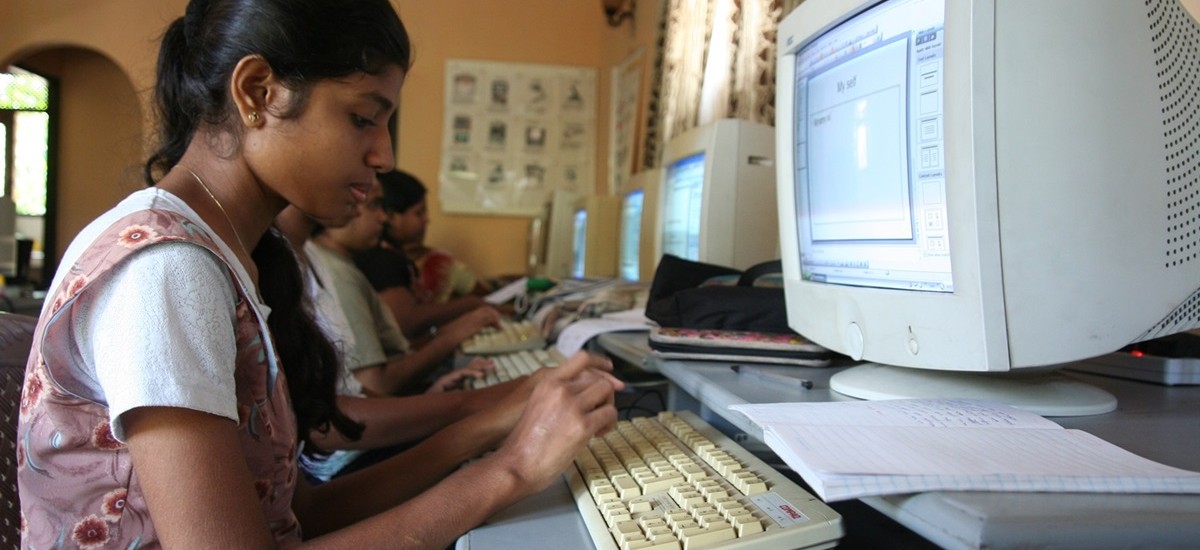In a news report published in the Daily Mirror on 23 January 2017 (PDF here), Telecommunication Infrastructure Development Minister Harin Fernando is quoted explicitly noting that though the Telecommunications Regulatory Commission (TRC) and the Cabinet had approved the much touted Google Loon project, delays around introduction and implementation “is caused by the ITU”.
Groundviews sought clarification from the ITU over Twitter.
Why is @ITUSecGen / @ITU blocking #Google #Loon project in #srilanka, according to Govt? https://t.co/qgcEEUq28z #lka
— Groundviews (@groundviews) January 23, 2017
We followed up with an email to the ITU, asking for their response to the Daily Mirror noting unequivocally that ITU is responsible for delaying the Google Loon deployment in Sri Lanka. We asked if,
- This was true
- If true, what the basis for the delay was
The response from the ITU reached us today, which we publish in full below. Highlights ours.
###
Dear Sir,
Thank you for your interest in the work of the ITU.
I will not comment on the veracity of the Daily Mail article, however, I am happy to explain to you the role of the ITU in organizing the use of radio frequency spectrum so as to make the radiocommunication eco-system a sustainable one that protects and enables investments worldwide in its use whether mobile and mobile broadband, satellite, TV and radio broadcasting, global positioning and search and rescue, meteorology and Earth resources monitoring, etc. This is ensured by the regular updating, every four years, by the Member States of the ITU, of the international treaty regulating the use of radio frequency spectrum worldwide: the ITU Radio Regulations (RR). This updating is decided by ITU World Radiocommunication Conferences (WRCs). WRC-15 was held in November 2015 and gathered 3 500 delegates from 163 countries. It adopted the latest version of the Radio Regulations, which was published in 2016 and is available free of charge (RR-2016).
This treaty is ratified and applied by the 193 countries Member States of the ITU. We recently celebrated the 110th anniversary of the Radio Regulations and you may consult our website on the discussions held in this occasion on the importance of this legal instrument to ensure the development of radiocommunications throughout the world (RR-110).
Sri Lanka has signed the Final Acts of previous WRCs including that held in 2012. This means that Sri Lanka has decided to be bound by this international treaty (and its revisions until 2012) in its relationships with the other 192 Member States of the ITU (See No. 221A of the ITU Constitution).
From what I know of the Google Loon project, it relies on balloons which fall in the category of High Altitude Platform Stations (HAPS) described in the Radio Regulations. Since 1998, the Radio Regulations include provisions to permit the use of certain specific frequency bands by HAPS and provide that only these bands may be used by HAPS. These provisions also specify that a Member State planning to implement HAPS in these bands shall notify to the ITU the intended characteristics of its HAPS for verification of their conformity with the limits to protect the satellite and terrestrial radiocommunication services of other countries. The Google Loon project may use these bands, but I assume this is not the intention, since at this stage, the ITU has not received such notification from the administration of Sri Lanka.
Please note that the use by the Google Loon project of any other bands than those specifically identified in the Radio Regulations could cause disruptions to operational radiocommunication services already authorized in Sri Lanka and in other countries. In order to avoid such disruptions, compatibility of the Google Loon project with these services would have to be studied prior to authorizing its use.
The next ITU World Radiocommunication Conference (WRC-19) to be held in November 2019 will address possible additional frequency bands that may be required for HAPS. Studies in preparation for the conference decisions on this agenda item are under way. Until WRC-19 has taken a decision, these bands may not be used by HAPS.
Kind regards,
Dimitry Leger
Media relations manager
ITU
###
Google Loon has a confusing and convoluted history in Sri Lanka. It was first promised a technology that would provide free wifi across Sri Lanka. Early promises had Google Loon coming to Sri Lanka in 2015. From the get go, things were murky. As the Financial Times noted,
Harsha de Silva, a minister in Sri Lanka’s finance department, celebrated his country’s agreement with Google, noting on social media that it could now take only “a few months” to provide internet access to the island’s population of 21m — a mere quarter of whom are now online, according to UN data.
However, the details of the memorandum of understanding provide no timetable for the project to begin, and one person with knowledge of the discussions said a launch was “highly unlikely” to happen in 2015.
By early 2016, there was some progress – a test flight crash landed in the country. By mid-2016 however, things got even more confusing. There were clearly spectrum management and regulatory hurdles, with industry experts and independent analysts saying one thing, and the Government’s ICT Agency saying another. Blame for the delay at the time was placed on the TRC.
By October 2016, news reports indicated spectrum and regulatory issues had been ironed out. Apparently, things were back on track. By January 2017, with no Google Loon in sight both literally and metaphorically, the Government placed the responsibility over the delay with the ITU. The response from the ITU suggests this is not the case.
Is Google Loon the Volkswagen of Sri Lanka’s broadband internet future?

